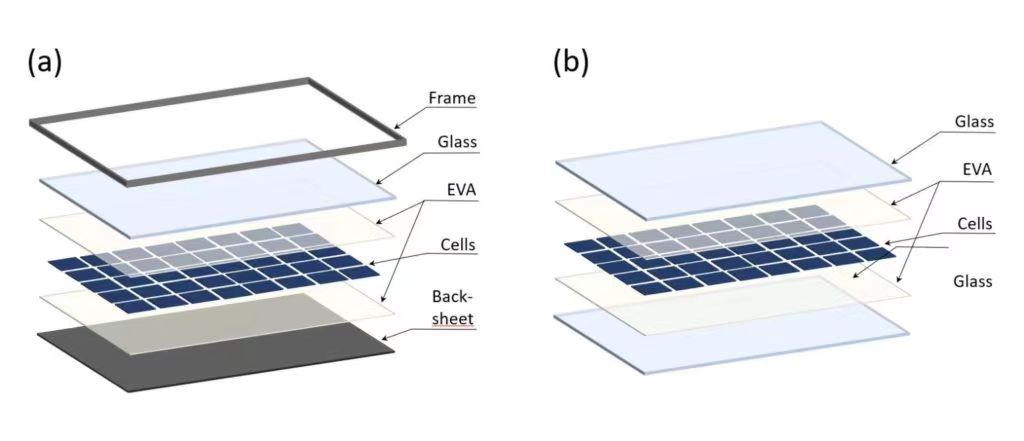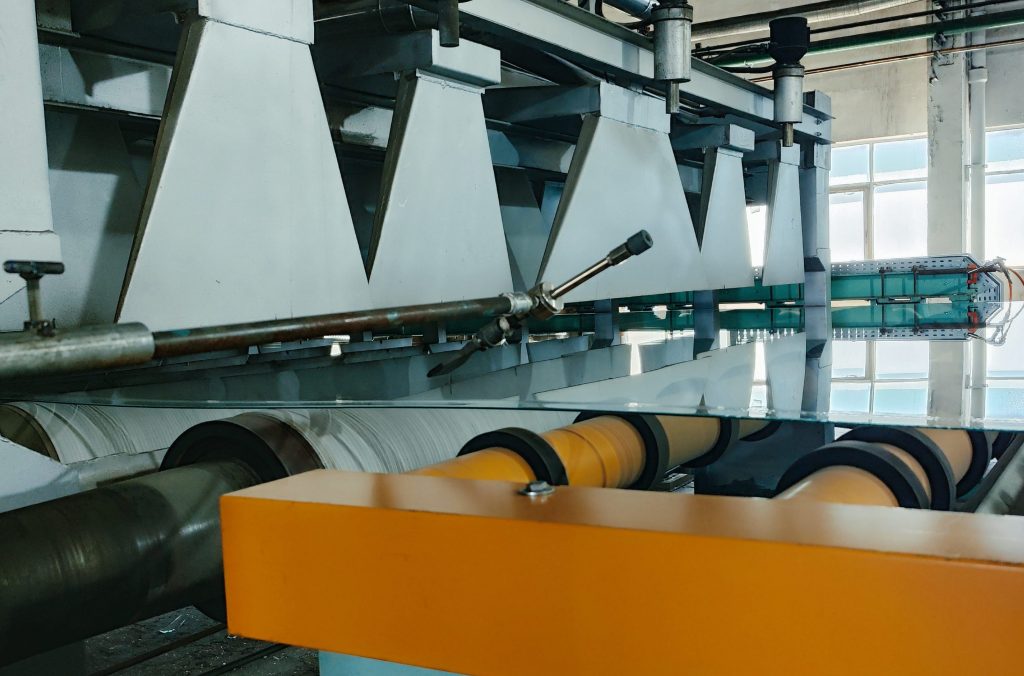In the 21st century, with the increasing global awareness of sustainable development and environmental protection, solar energy, as a clean and unlimited energy source, is entering our lives at an unprecedented speed. Photovoltaic modules, as messengers that capture this gift of nature, are gradually leading a green revolution in the energy field. This article will take you to an in-depth understanding of the mysteries of photovoltaic modules and explore how it changes our world.
Photovoltaic modules: solar energy catchers.
Photovoltaic modules, in layman’s terms, are what we often call solar panels, and their core lies in photovoltaic cells. These cells are mainly made of silicon materials. Using the principle of semiconductors, when photons in sunlight hit the surface of the cell, they excite electrons and generate current, thereby converting light energy into electrical energy. This process is not only efficient, but also pollution-free, and is the cornerstone of achieving green energy transformation.
Technological innovation: from tradition to high efficiency
Early photovoltaic modules had low efficiency and high cost, which limited their widespread application. However, with the advancement of technology, the development of cell technologies such as PERC (passivated emitter and back contact) and HIT (heterojunction) has greatly improved the conversion efficiency of photovoltaic modules and significantly reduced their costs. Today, high-efficiency photovoltaic modules can achieve conversion efficiencies of more than 20%, which means less floor space and more power output.

Composition: Photovoltaic Module, also known as solar panel, is the core part of solar power generation system. Its main components include the following key components:
- Tempered glass: As the outermost layer, tempered glass provides protection and has high light transmission rate (usually more than 91%). At the same time, it has been strengthened to resist external impact and pressure.
- EVA (Ethylene Vinyl Acetate) film: Located between glass and cells, and between cells, it plays a role of bonding and fixing. It also has light transmission and long-term weather resistance, prevents moisture penetration, and prolongs the life of the module.
- Cell: The heart of the photovoltaic module, mainly made of silicon wafers (such as monocrystalline silicon or polycrystalline silicon, amorphous silicon), responsible for converting light energy directly into electrical energy.
- Backplane: The bottom protective layer of the module, commonly made of materials such as TPT (Tedlar-Polyethylene) or TPU (Polyvinylidene), prevents moisture intrusion, and provides insulation and physical protection.
- Aluminum alloy frame: provides structural support, protects the edge of the module, facilitates installation, and fixes the sealed module through the corner keyway to prevent water vapor penetration.
- Junction box: contains bypass diodes and connection ports to prevent current backflow and protect the module. It is also the interface between the external circuit and the power output of the module.
- Silicone: used to seal the edges and seams, such as silicone, to ensure the airtightness of the module and prevent moisture and dust from entering.
These components work together to ensure that photovoltaic modules can work stably for a long time in a variety of environments and efficiently convert solar energy into electricity. With the advancement of technology, the introduction of new materials and designs, such as bifacial photovoltaic modules, half-cell modules, lightweight modules, etc., has further improved efficiency and application scope.

Diversified applications:
Photovoltaic modules, as efficient devices that directly convert sunlight into electrical energy, have a wide range of application scenarios, not only limited to traditional power production, but also deeply into all aspects of life, promoting the green transformation of energy structure. The following are some of the main application scenarios:
- Residential and commercial rooftop photovoltaic systems• Photovoltaic modules are installed on the roofs of homes and commercial buildings to provide self-sufficient household or office electricity, and the remaining electricity is sold to the grid, achieving a win-win situation of electricity bill savings and environmental protection.
- Large-scale ground photovoltaic power stations• Build large-scale ground photovoltaic power stations in areas with sufficient sunlight and rich land resources to directly supply power to the grid to meet urban and industrial electricity needs.
- Building-integrated photovoltaics (BIPV)• Integrate photovoltaic modules into building structures, such as photovoltaic glass curtain walls, photovoltaic roof tiles, awnings, etc., to achieve the unity of beauty and functionality.
- Agricultural applications• Agricultural irrigation, greenhouse power supply, agricultural product processing, and power source for animal husbandry equipment, reducing agriculture’s dependence on traditional energy.
- Transportation facilities• Highway signs, street lights, airport runway lights, parking sheds, etc., reduce energy consumption of public facilities and improve energy self-sufficiency.
- Communication base stations and monitoring • Independent power supply for remote communication base stations, weather monitoring stations, and security monitoring equipment, especially in remote areas, reducing the cost of laying cables.
- Outlying islands and remote areas • Provide stable power supply for remote areas and islands, replace diesel generators, reduce transportation fuel costs, and improve energy autonomy.
- Mobile applications • Portable charging packs, camping, adventure equipment, and mobile photovoltaic modules for emergency rescue provide instant power.
- Consumer electronics • Small electronic products such as phones, watches, and power banks integrate photovoltaic charging functions, use natural light to charge, and improve convenience.
- Special vehicles • Auxiliary power sources for solar cars, ships, drones, etc., exploring innovative applications of clean energy in transportation. With technological advances and continuous cost reductions, the application scenarios of photovoltaic modules are still expanding, providing strong support for achieving global sustainable development goals.
Environmental Contribution: A Promoter of Green Development
The use of photovoltaic modules means reducing dependence on fossil fuels, reducing greenhouse gas emissions, and combating climate change. According to statistics, every kilowatt of photovoltaic modules installed can reduce carbon dioxide emissions by about 1 ton per year, which is equivalent to planting 60 trees. Globally, the development of the photovoltaic industry is contributing to the realization of the climate goals of the Paris Agreement and driving the earth towards a low-carbon future.
Challenges and Prospects
Despite the bright prospects of photovoltaic modules, there are still challenges, such as the sustainability of the raw material supply chain, battery recycling and processing, and how to ensure continuous power supply on rainy days or at night. However, with technological innovation and policy support, such as the development of energy storage technology, the promotion of circular economy, and the design of multi-energy complementary systems, these challenges are being gradually overcome.
In short, photovoltaic modules are not only the crystallization of science and technology, but also a symbol of the harmonious coexistence of human wisdom and nature. It is gradually reshaping our energy landscape and lighting up the future with a green, efficient and flexible attitude. In this new energy era, Touchthin and you look forward to and participate in this green revolution led by photovoltaics to create a more sustainable tomorrow.


